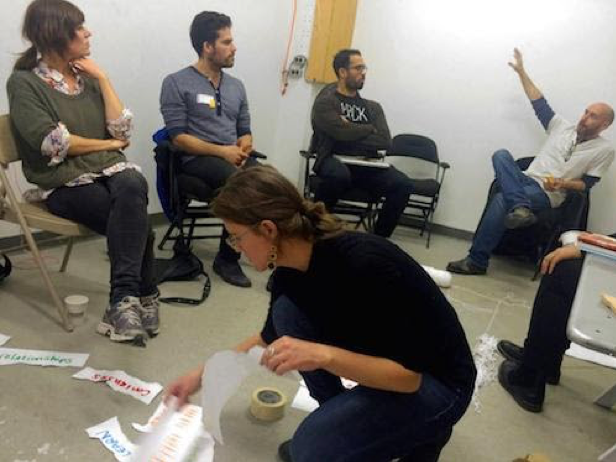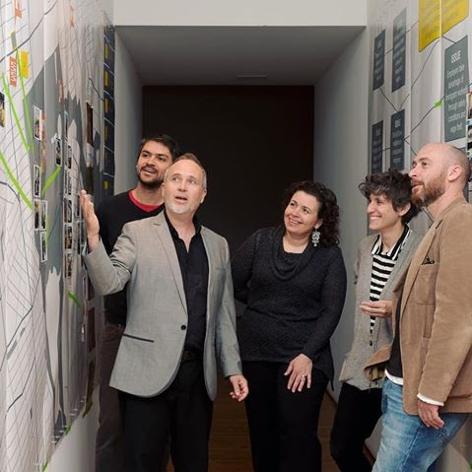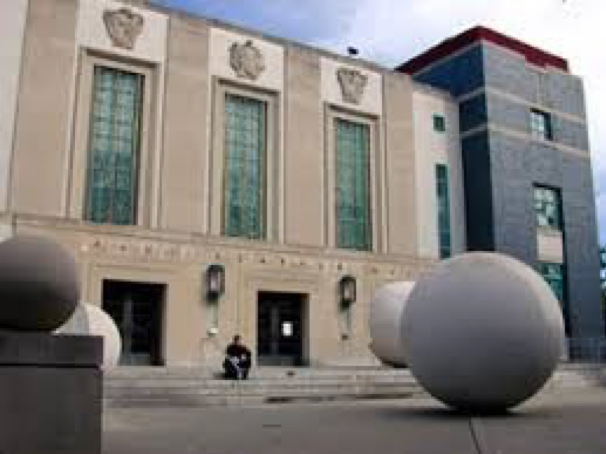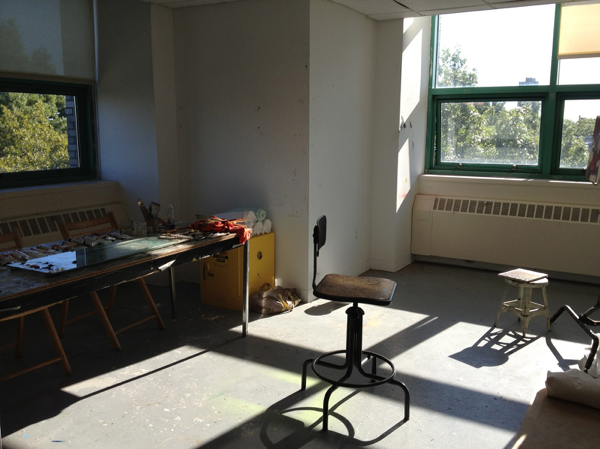Additional individual student studios are housed on the sixth floor of Klapper Hall, Queens College.
REGIONAL PROFILE
The SPQ studio is located within the Queens Museum, within Flushing Meadows Corona Park, in the neighborhood of Corona, in the NYC borough of Queens.
Queens, NYC
The New York City borough of Queens, where over 3.1 million residents speak an unparalleled 167 languages (approximately 46 percent are foreign born) , is singularly complex in its demographics and environmental history. Queens has a lively mix of both formal and informal economic and cultural activity, and is exemplary of the dynamics of transnational communities. It is also a place to understand the tensions between urban cores and their peripheries, and the cultural and resource differences between the two.
Corona, Queens
The Queens neighborhood of Corona is a bustling immigrant hub famed for its international character. It is is a vibrant multi-ethnic community with an active civic life. The neighborhood is rapidly growing due to its thriving immigrant-run small businesses, which are growing faster than the city’s overall economy. Yet, Corona faces several critical challenges. These include a housing shortage and rising rents (both for store owners and residents), an overburdened transportation system, street congestion, and lack of recreational facilities and public spaces.






